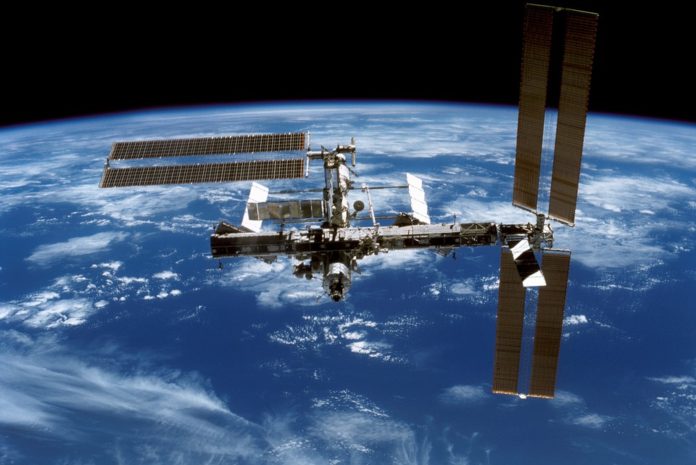The International Space Station was launched into the lower orbit of Earth’s gravitational fields roughly 21 years ago. A project between the United States, Japan, Canada, Europe, and Russia, specifically their respective space programs – NASA, JAXA, CSA, ESA, and Roscosmos – the International Space Station has proven itself to be one of the most valuable developments of humanity in terms of researching the effects of space on various processes that occur naturally and general physics.
Also known as the ISS, the International Space Station shares the same orbit that thousands of satellites do. Every time before a company or government agency launches a satellite into space, they must make sure to place it in such a position that it will not interfere with the ISS or any other important space program. Further, the agencies and companies that are responsible for launching such satellites must also make sure that those satellites don’t collide with any other fellow satellites, something that effectively ruins the whole point of sending those satellites into space in the first place.
In some cases, companies and government agencies decide to decommission satellites, effectively taking them out of operation and causing them to fly out of orbit. This decommission process is performed by launching one or more objects into space in an attempt to hit the unwanted satellites. In turn, such collisions ultimately result in hundreds, if not thousands, of additional pieces of space debris that other satellites, including the International Space Program, could run into.
Recently, the federal government of India decided to launch a projectile into Earth’s lower orbit as a means of destroying a satellite. The rest of the world isn’t happy.
Although India is one of the world’s most populated countries – finishing just behind China – which might lead some to believe that it has some of the greatest resources on the planet, this couldn’t be further from the truth. India’s space program has been practically nonexistent. As such, the experts who were involved in the decision to shoot down the aforementioned satellite made a bad decision.
According to Jim Bridenstine, the Administrator of NASA, the probability of the International Space Station sustaining one or more impacts of small pieces of debris skyrocketed some 44 percent in just a week-and-a-half following the destruction of the satellite by India. NASA has singled out at least 400 fragments of the destroyed satellite throughout the Earth’s orbit.






